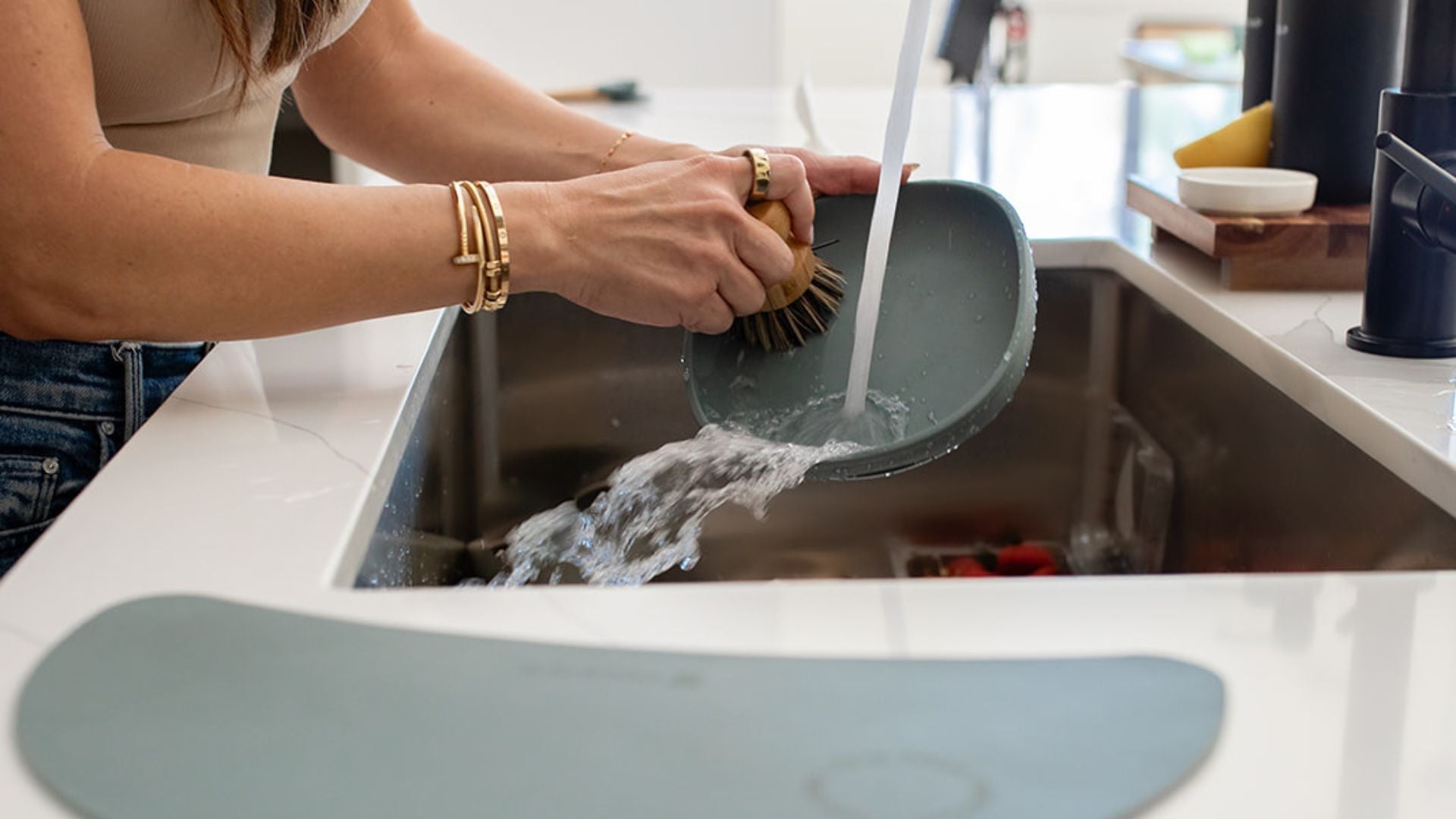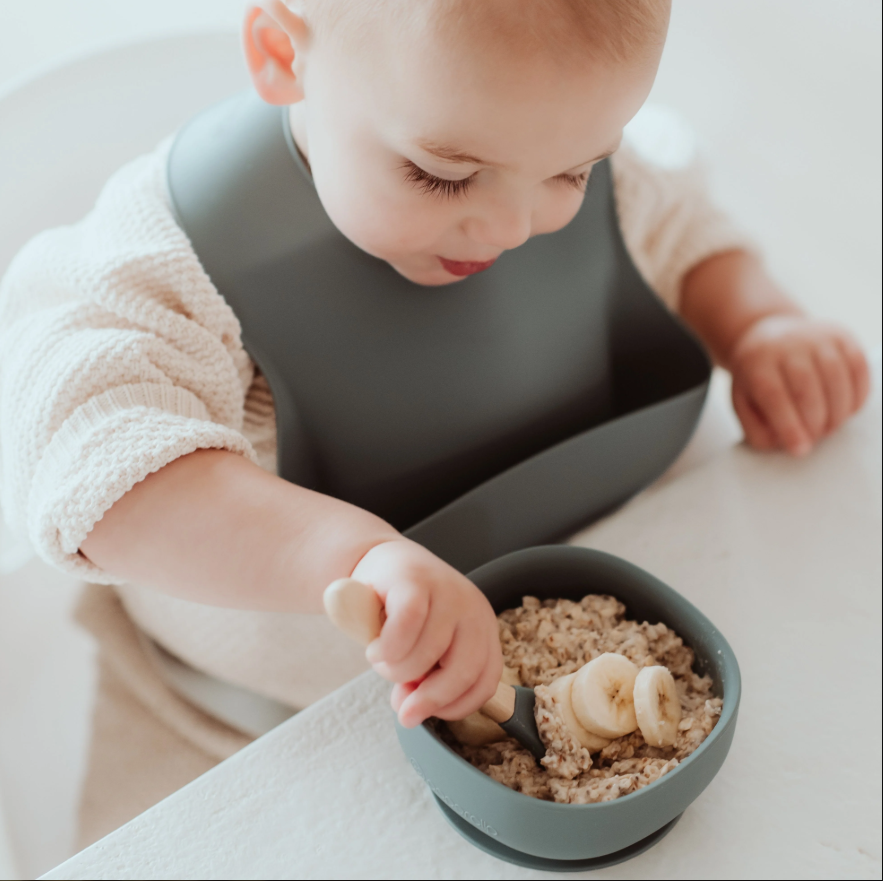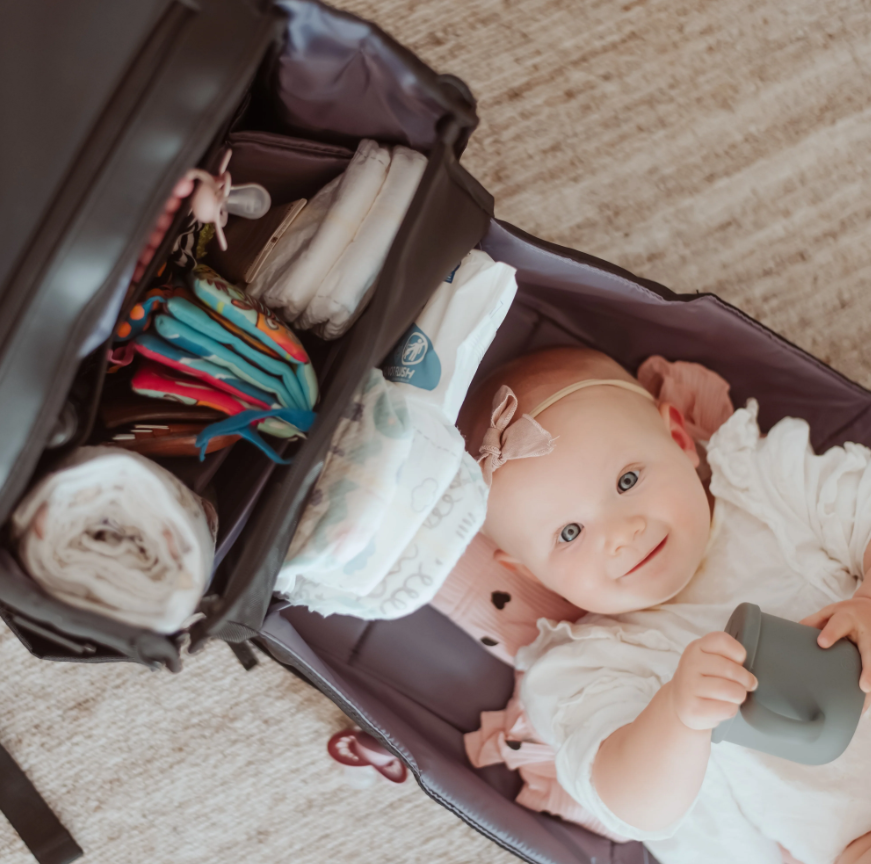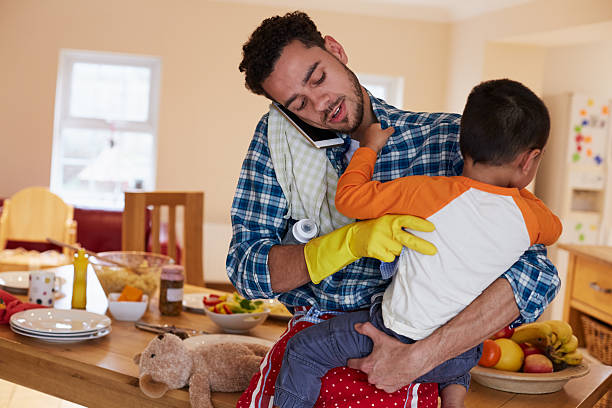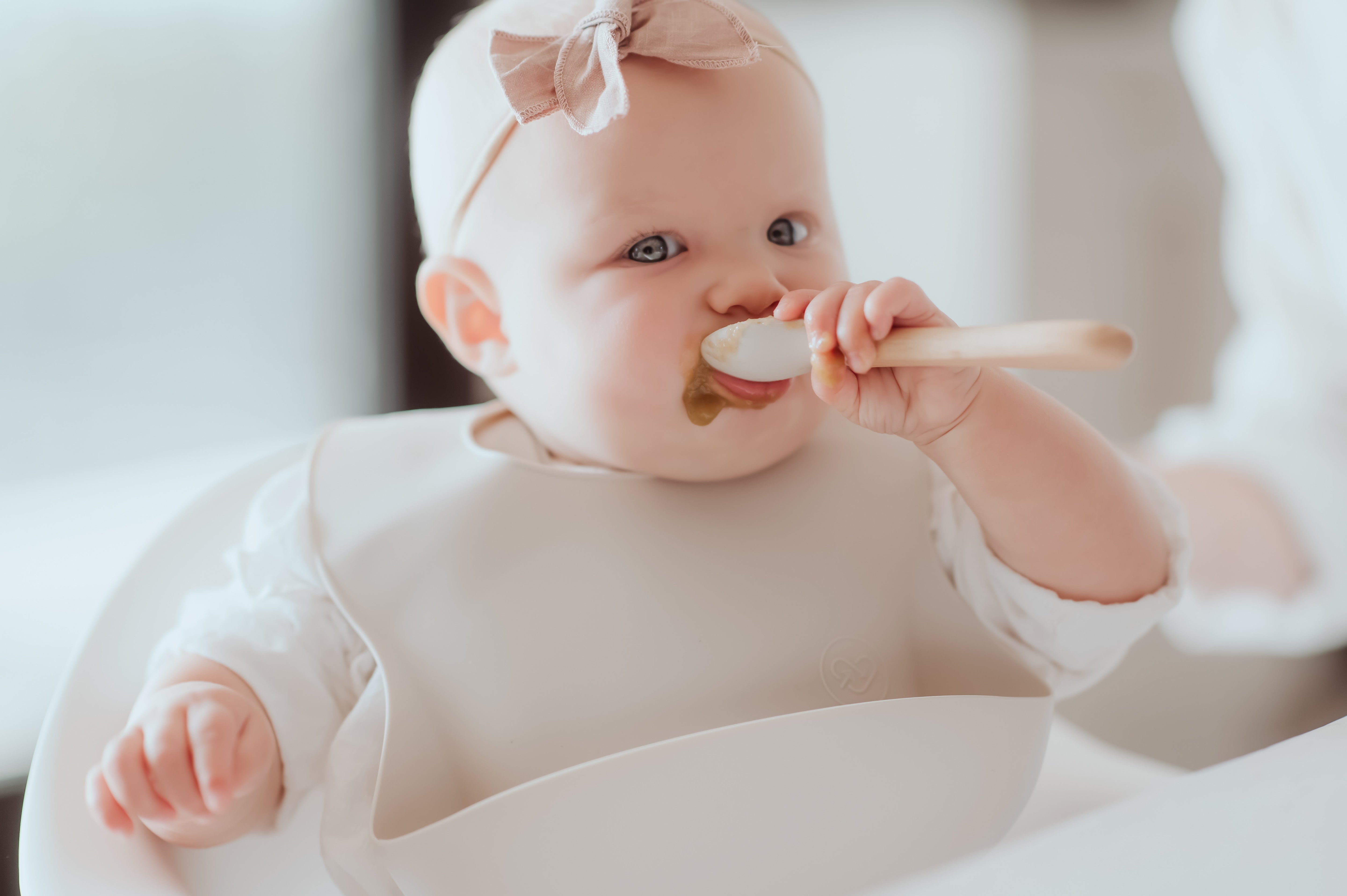When you start a family, it can suddenly hit you just how many new responsibilities you have to juggle. Keeping everything organized can quickly feel overwhelming. What if there’s an emergency? What if you need to leave in a hurry?
That’s where a family emergency binder comes in. Like diapers or a first-aid kit, it’s one of those must-have items that becomes essential once you have kids.
From your little one’s birth certificate to details of your utility providers, keeping your important documents organized and accessible is key. Let’s walk through what needs to go in this binder and how it’ll make life easier for you and your family down the road.
Why You Need a Family Emergency Binder
Life has a funny way of throwing curveballs when you least expect them. Whether it's a serious weather event or something more personal, like a sudden medical emergency, it’s essential to be prepared, especially when you’ve got little ones depending on you.
That’s why having a family emergency binder is a total game-changer. It's your survival kit for essential documents and details you'll need in a pinch. Everything is organized and kept safe in one spot, so no matter what comes your way, you’re ready to handle it.
What to Include in Your Family Binder
The goal is to make sure everything your family might need during an emergency is right at your fingertips. Here’s what you shouldn’t forget:
1. Personal identification documents
Birth certificates, social security cards, passports, and driver’s licenses are essentials. Keep the originals somewhere safe, and make copies for your binder so you’ll have quick access whenever you need them.
It's also a good idea to make digital copies, just in case the originals are lost. Store them securely in the cloud or on a USB drive, and you’ll also get easy access when you're away from home.
2. Medical records
Having quick access to medical information for all the family is vital, especially if anyone has ongoing health problems. Details of allergies, past surgeries, medications, and medical conditions should be added to your binder along with copies of your health insurance cards.
Don’t forget vaccination records for both kids and adults — they can be a lifesaver in an emergency or when traveling. Keep the contact details for your family’s doctors and specialists in your binder too, so everything you need is all in one spot.
3. Financial information
Even though they’re so important, it’s easy to lose track of key financial documents. Make sure to include the details of your bank accounts in your binder so they’re easily accessible.
You'll also want to add details of any loans or mortgages, as well as other financial obligations like car loans. Remember to include copies of your insurance policies, in case you need to make a claim or check your coverage.
4. Legal documents
It’s wise to keep legal documents on hand to protect your family in case of a crisis. Add copies of essentials like your will, living will, or power of attorney as applicable, to ensure everything’s in order.
If you have kids, it’s also helpful to have guardianship papers ready, just in case. Your binder is also a great place to keep important certificates, like marriage or divorce papers.
5. Home and property information
If your home or property is affected during an emergency, you’ll want to have all the necessary information ready. Keep copies of deeds for your home and titles for any vehicles in your binder.
Make sure you have also contact details for your utility providers (water, gas, electric, etc.) so you can deal with any disruptions. Keeping a listed inventory, especially for your most valuable items, can also be handy.
6. Pet paperwork
Your pets are part of the family too! Be sure to include their vaccination records in your binder, as well as your vet’s contact information.
If your pet is microchipped, add a note of the chip number and the company’s contact details in case they get lost.
How to Keep Your Binder Safe
Once you’ve pulled everything together, it’s important to keep your binder safe but easily accessible. Here are some top tips:
- Make sure your binder is waterproof, or has sealed plastic sections. This keeps your documents protected from damage and everyday wear and tear.
- Keep your binder in a spot that’s both safe and easy to access, like a fireproof safe or a hidden drawer, so you can grab it in a pinch.
- Check your binder every 6–12 months or after any big events like welcoming a new baby. This way, everything stays up-to-date and ready when you need it.
A family emergency binder may seem like just another task on your to-do list, but it’s really an investment in your family’s safety and well-being. Take the time to put it together, and you’ll thank yourself later.
Written By: Alissa Young, USbirthcertificates.com
Popular Articles
Help! My Silicone Tastes Like Soap!
Back-to-Preschool, the Eco-Friendly Way: 7 Simple Swaps for Greener Mornings
If you're looking to make mornings smoother and more sustainable, here are 7 simple, eco-friendly swaps perfect for preschoolers and the grownups who love them.
Read More

